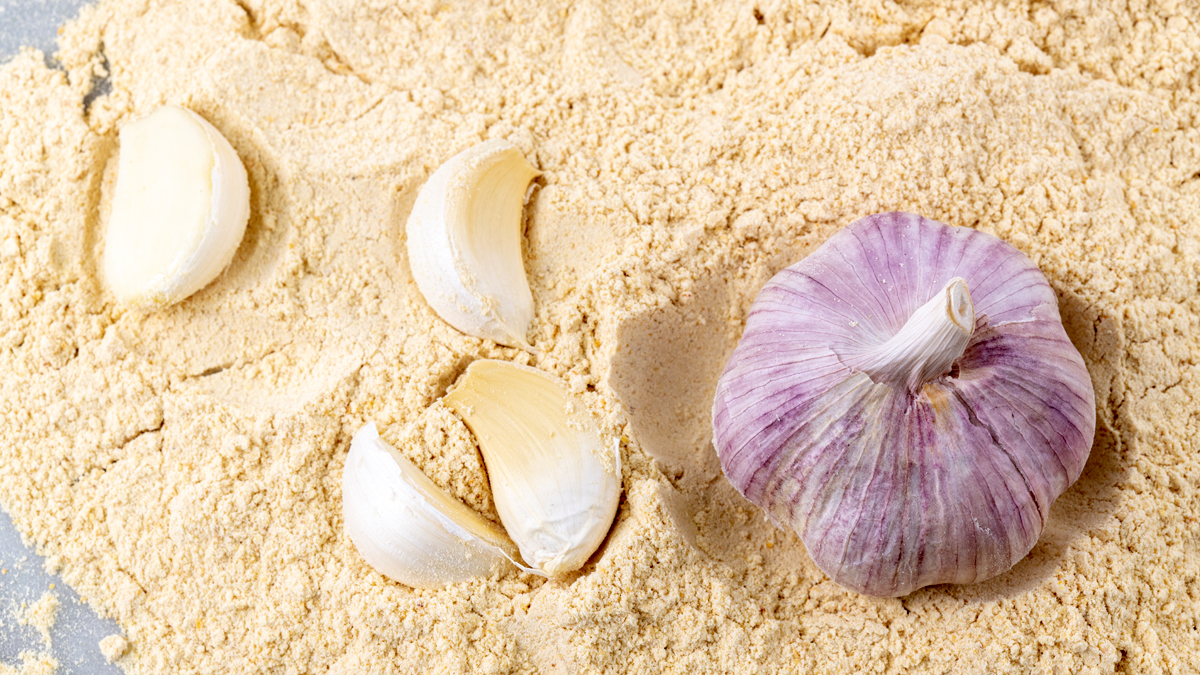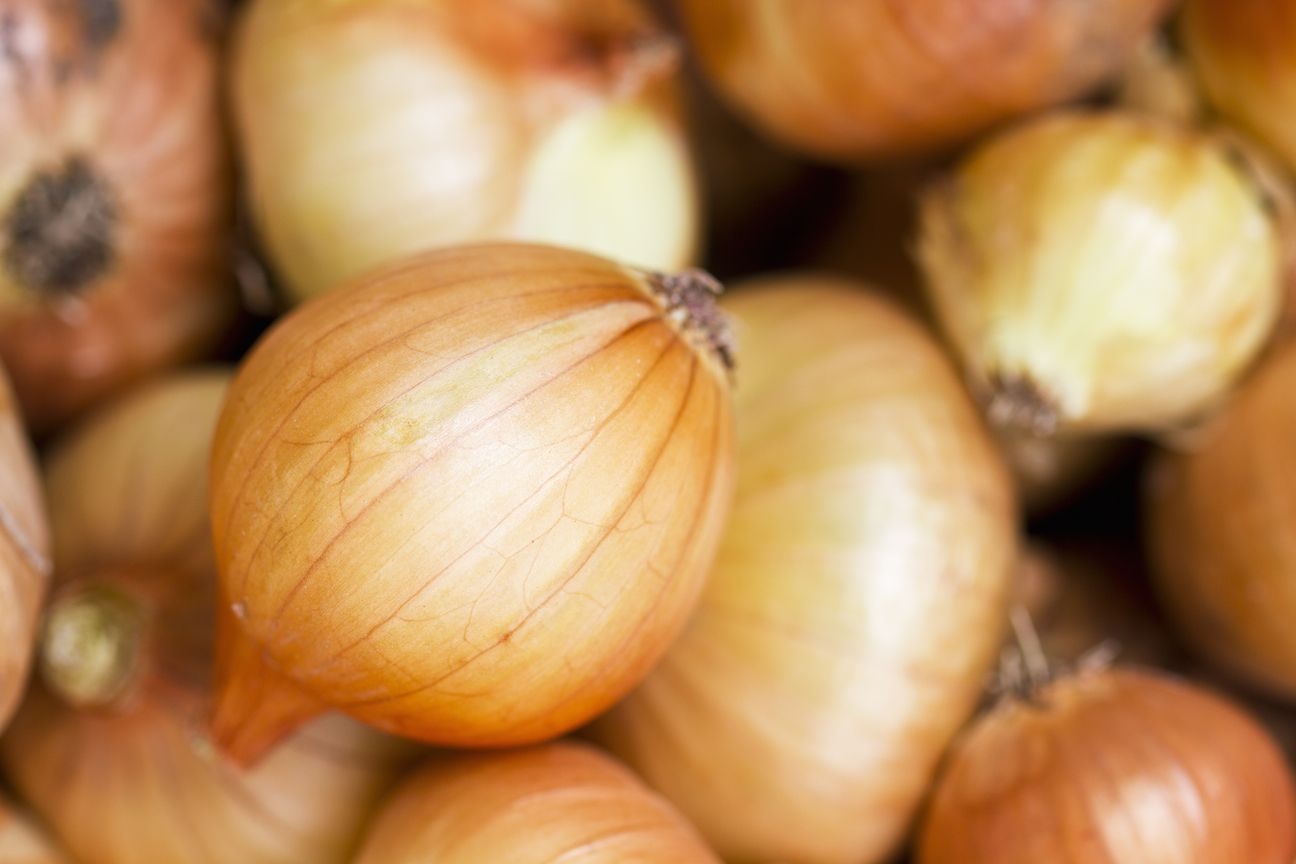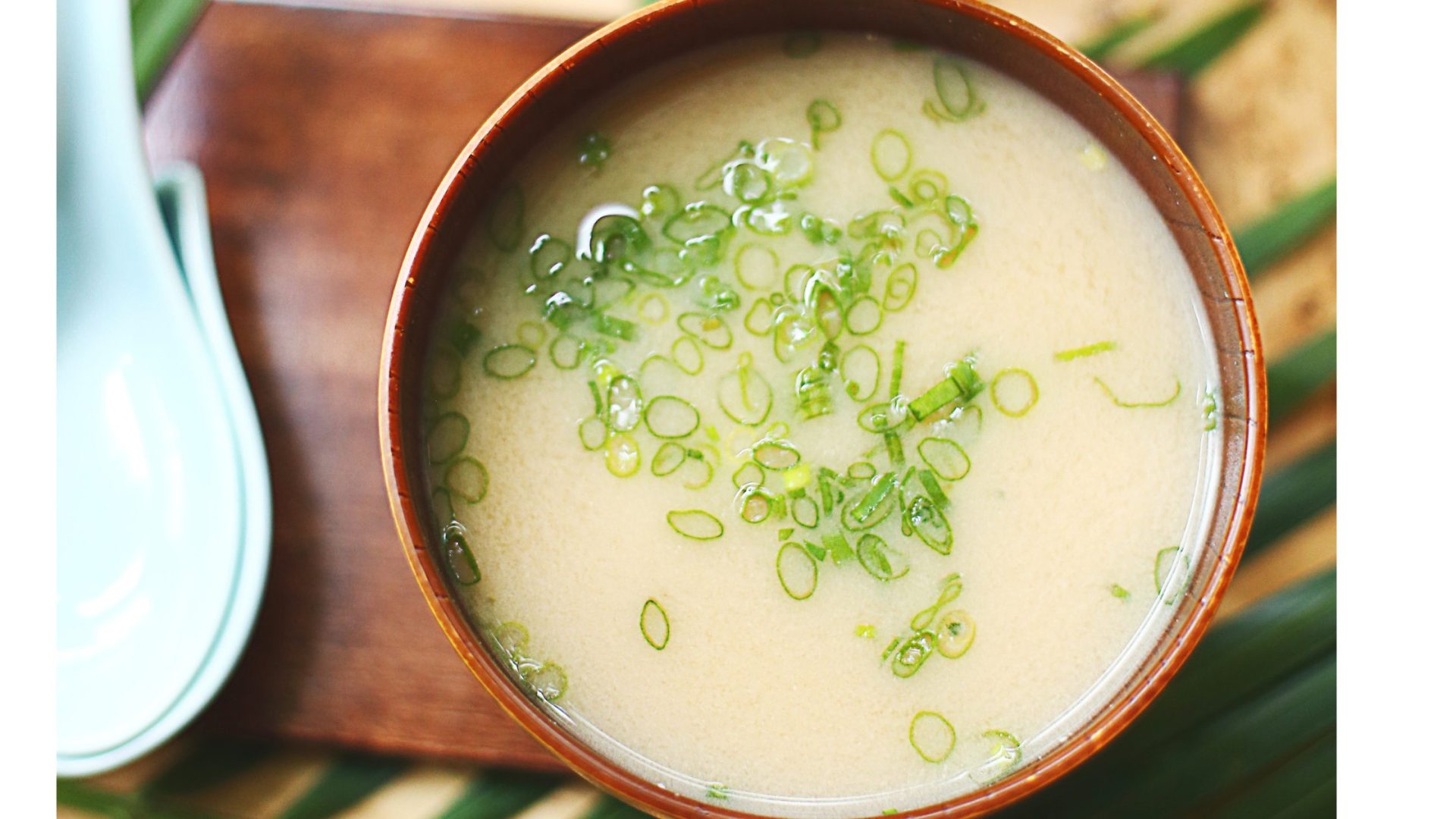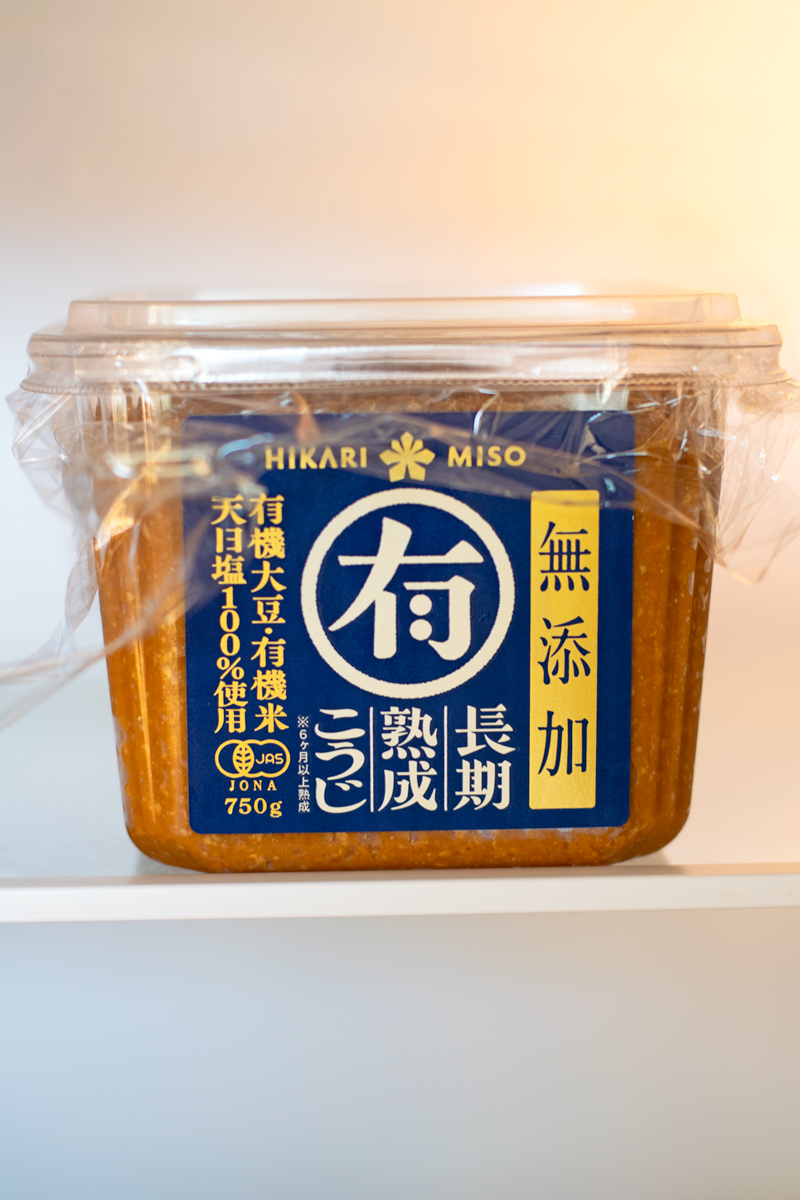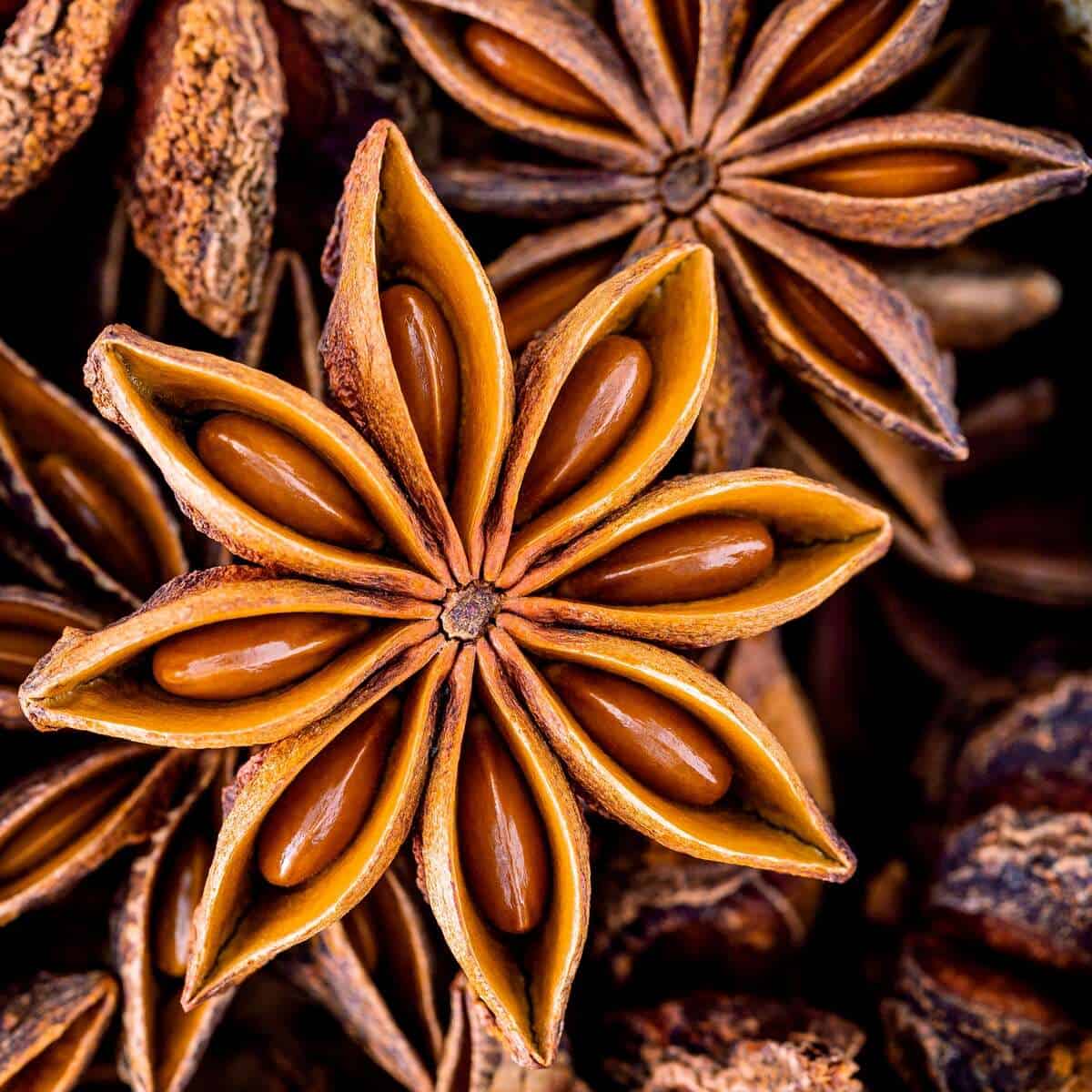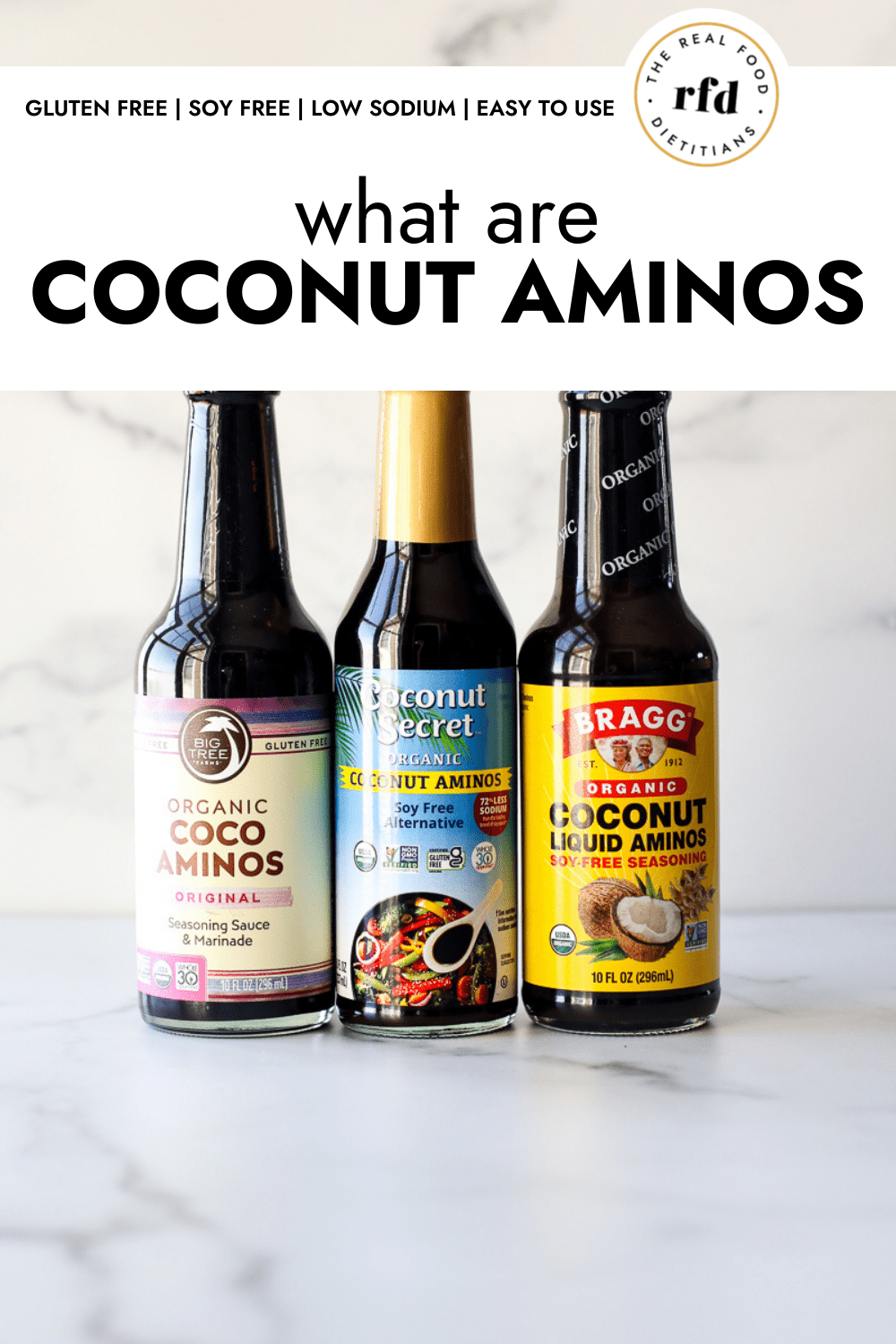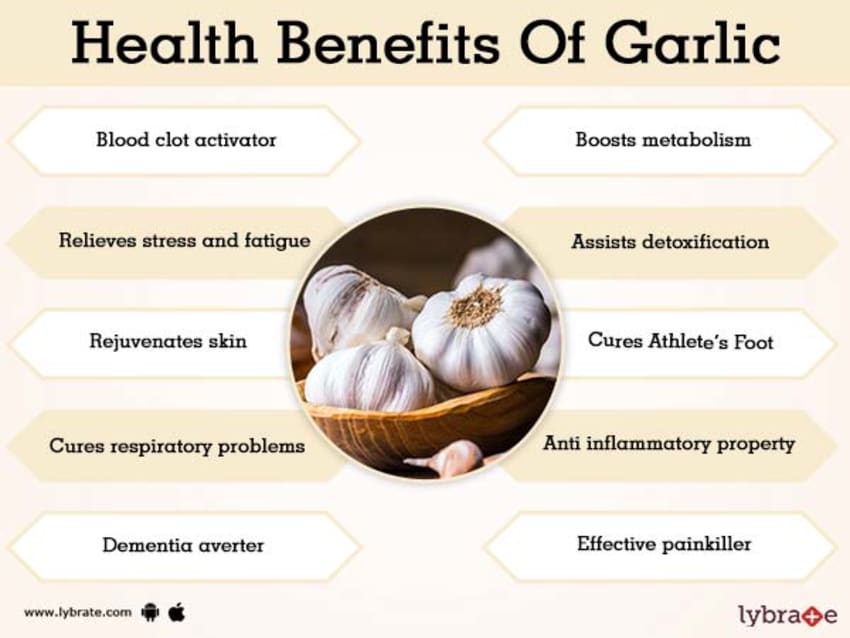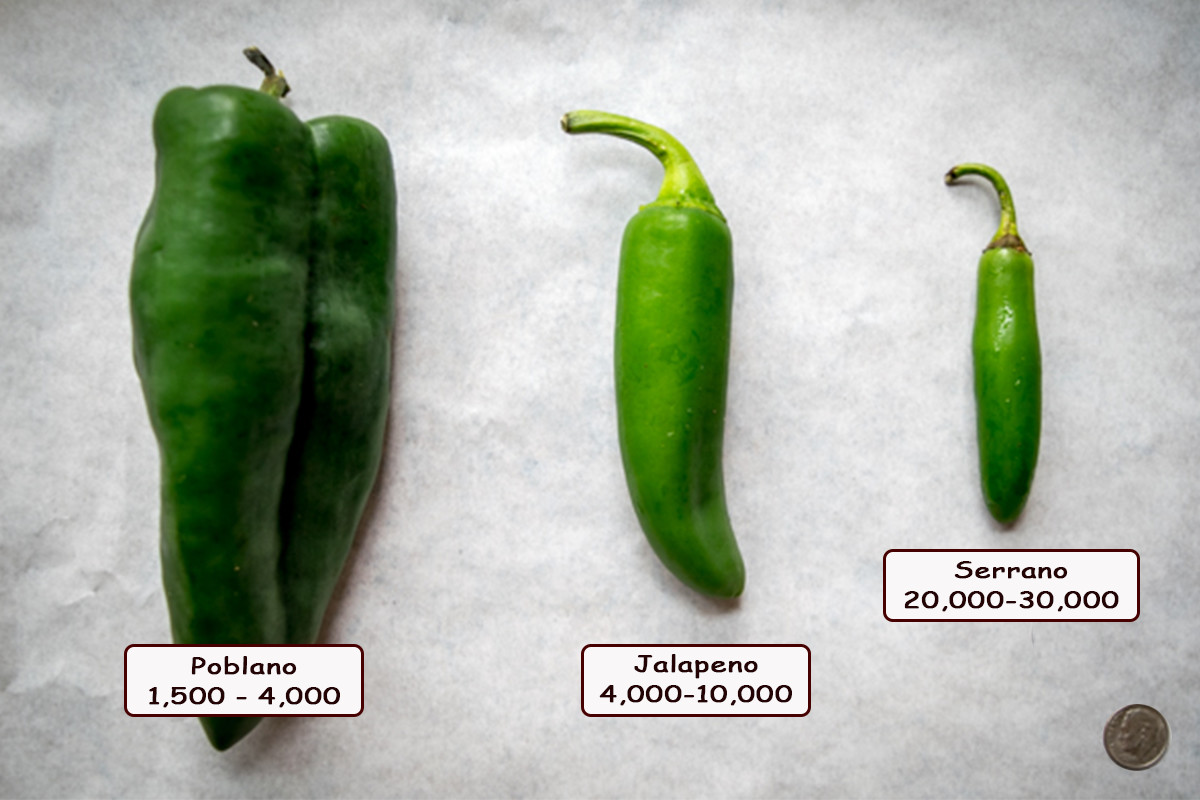Garlic Salt vs Garlic Powder: Unveiling Their Flavor Enhancing Capabilities
List of Pertinent Points about Garlic Salt vs Garlic Powder:
– Garlic powder is dried and ground garlic cloves, with a more concentrated flavor than fresh garlic.
– ¼ teaspoon of garlic powder has the same flavor as 1 clove of fresh garlic.
– Garlic salt is a combination of salt and garlic powder, usually in a 3-to-1 ratio.
– Garlic powder is commonly used in soups, stews, stocks, sauces, and dressings.
– Garlic salt is best for dishes where salt is already being added.
– Garlic powder provides a strong garlic flavor, while garlic salt adds a hint of garlic.
– Some argue that garlic salt limits the ability to control the garlic flavor in a dish.
– Garlic powder lacks the allium notes that garlic salt has.
– Garlic powder is recommended for those seeking a strong garlic flavor.
– Garlic salt is suitable for those who fear overpowering a dish with garlic.
– Fresh garlic is more flavorful and aromatic than jarred garlic.
– Fresh garlic has a hint of heat when raw that jarred garlic does not.
– Jarred garlic is less flavorful due to the peeling process.
– Fresh garlic can be peeled, minced, or crushed for different flavor profiles.
– Pre-peeled garlic options are available but do not last as long as garlic in the bulb.
– Garlic peelers can make the peeling process more pleasant.
– Jarred garlic is convenient and lasts longer than fresh garlic.
– ½ teaspoon of jarred garlic is equivalent to one clove of fresh garlic in a recipe.
– Garlic powder is more convenient to use compared to fresh garlic.
– Garlic powder is suitable for dishes where the garlic flavor needs to be dispersed throughout.
– Garlic salt has a more diluted garlic flavor.
– Additional salt in a recipe should be adjusted when using garlic salt.
